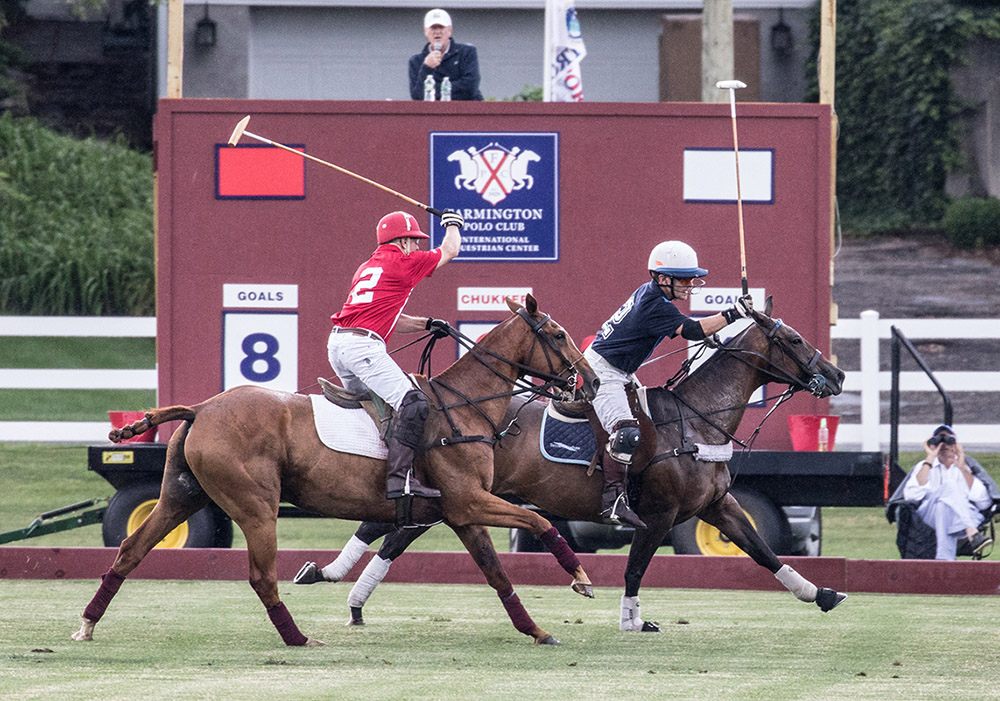The primary goal in polo is to score by hitting a small, hard ball into the opposing team’s goal using a long-handled mallet. The team with the most goals at the end of the match wins.
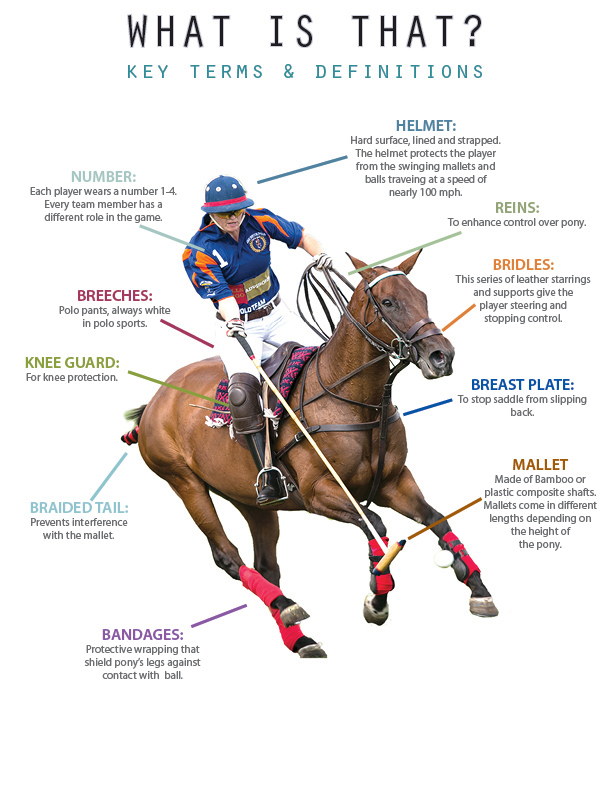
Teams and Player Positions
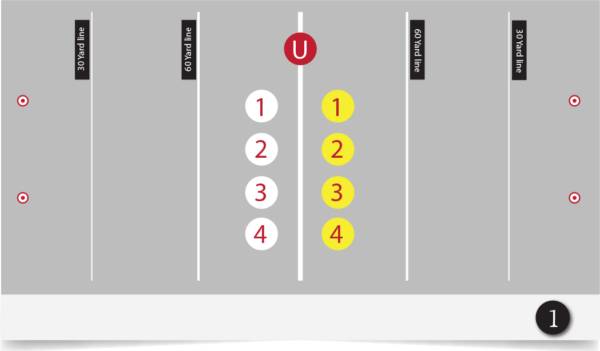
- Position No. 1 (Offense/Scorer): focuses on offense, aiming to get in front of the goal and score.
- Position No. 2 (Attacker/Support): assists No. 1 in scoring, often engaging with the opposing team’s defense.
- Position No. 3 (Playmaker/Strategist): considered the leader on the field, similar to a quarterback. This player organizes plays and may take long shots.
- Position No. 4 (Defender/Back): primarily responsible for defense and preventing the opposing team from scoring.
The Field and Goal Structure
- The polo field is **300 yards (0.27 km) long** and **160 yards (0.15 km) wide**, larger than most other sports fields.
- Goals are **8 yards (7.32 m) wide** at each end of the field, with two tall posts that act as goal markers.
- The field is grass-covered, allowing the horses to play safely at high speeds.
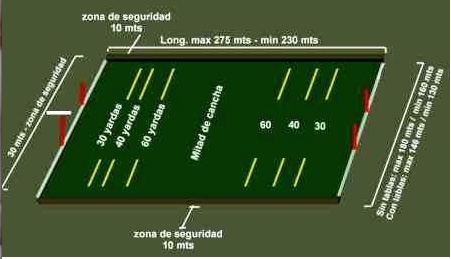
Match Structure and Timing
- Polo matches are divided into **chukkers**, or periods, which vary in number depending on the tournament level. Most standard matches have **six chukkers**, but some may have four or eight.
- Each chukker lasts about **7 minutes** of active play. The game stops when the umpire signals the end of each chukker.
- There’s a 3-minute break between chukkers, giving players and horses a brief rest, and a 5-minute halftime for divot stomping (more on that in etiquette!).
Changing Ends
Teams change ends after each goal. This tradition balances out any advantages or disadvantages that may come from field conditions, wind direction, or sunlight.
Right of Way and Line of the Ball
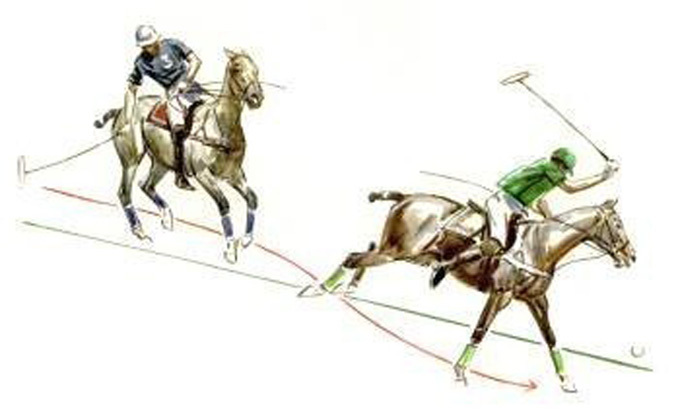
Fouls and Penalties
Common Fouls: Fouls often result from blocking a player’s ROW or using excessive force during a “ride-off” (when players bump horses to jostle for ball position).
Types of Penalties: Penalties vary depending on the foul
- Penalty 1: Awarded for serious fouls, results in an automatic goal for the offended team.
- Penalty 2: The offended team takes a free hit from a point close to the goal.
- Penalty 3: The free hit is taken from farther back, around 40 yards (36.58 m) from the goal.
- Penalty 4-6: Further back on the field, allowing the fouling team a better chance to defend.

